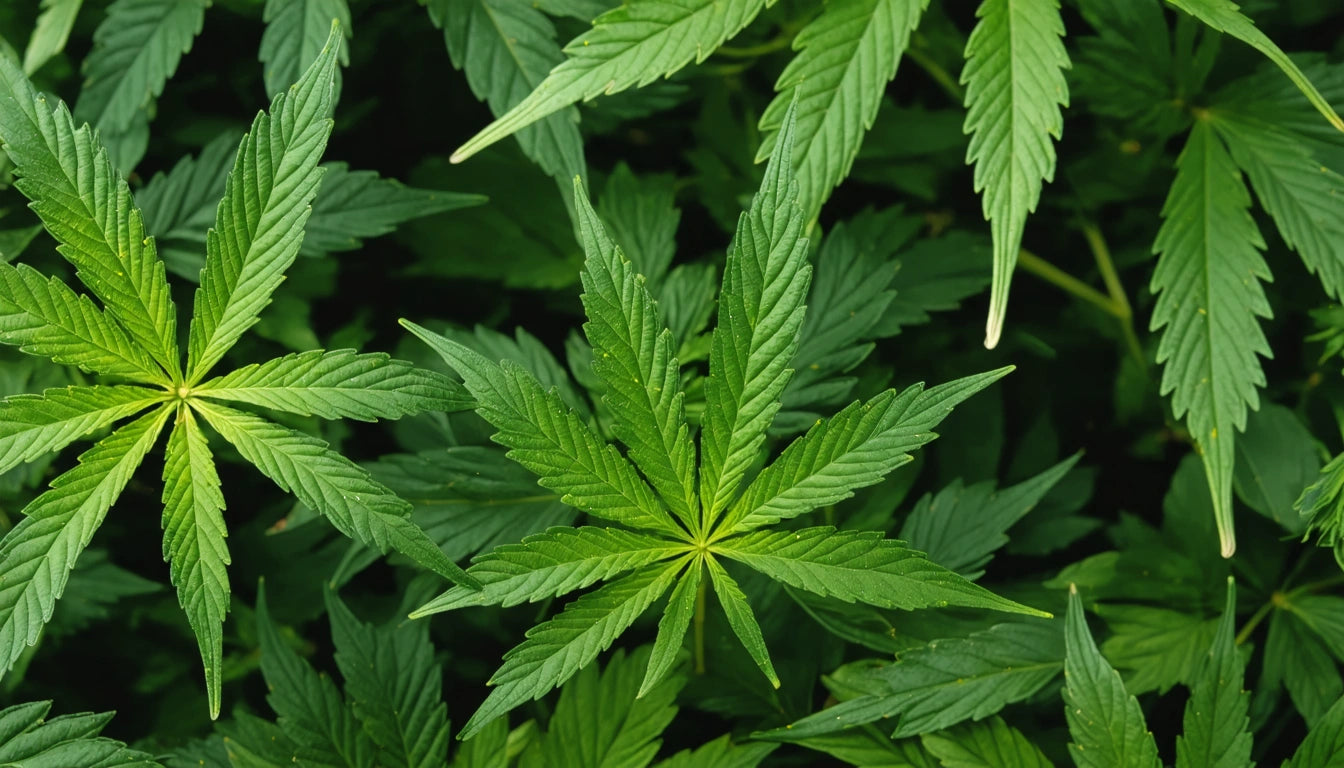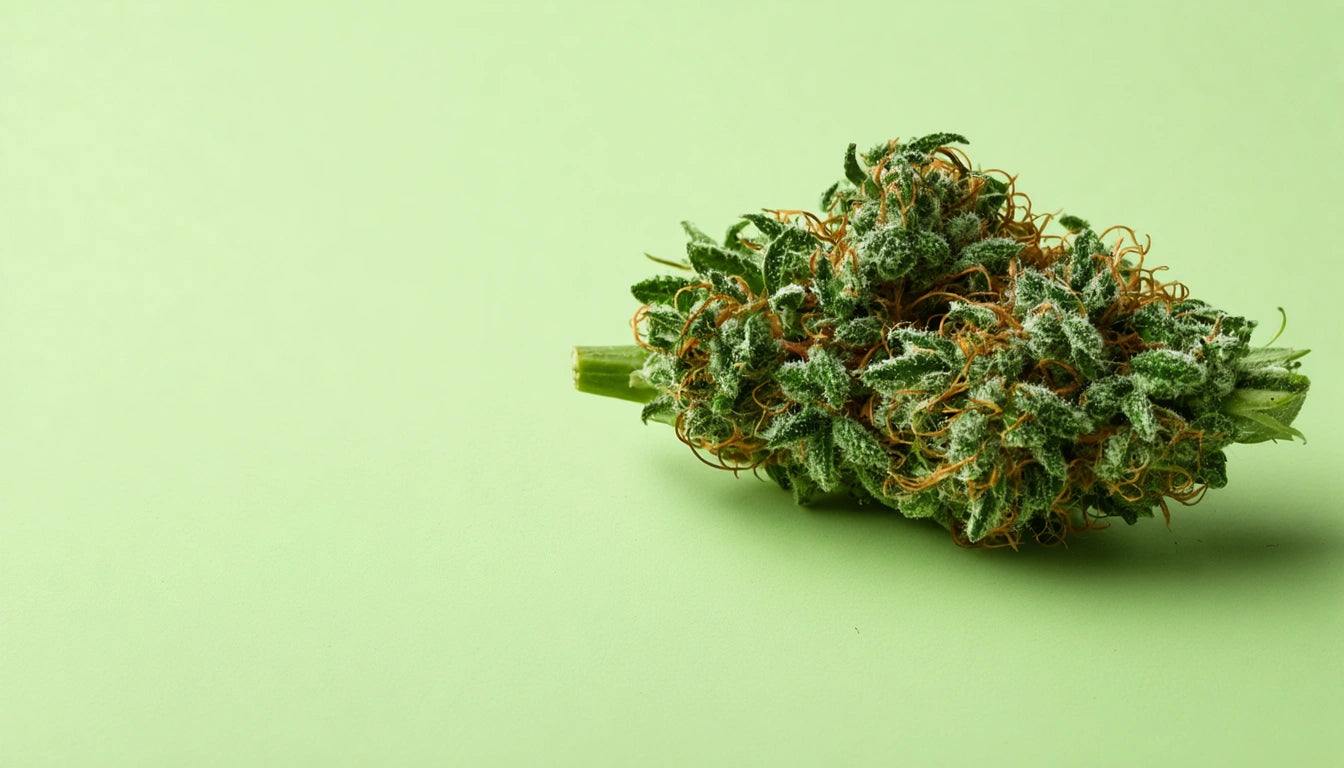Table of Contents
- Current Legal Status of Cannabis in the U.S.
- States with Recreational Cannabis Legalization
- States with Medical-Only Cannabis Programs
- States Where Cannabis Remains Fully Illegal
- Recent Changes to State Cannabis Laws
- Compliance Considerations for Legal Cannabis States
- Legalization Outlook and Future State Developments
How Many U.S. States Have Legalized Weed?
The legal landscape for cannabis in the United States continues to evolve rapidly, with more states moving toward legalization each year. Understanding how many states weed is legal in requires looking at both recreational and medical cannabis programs across the country. This comprehensive guide breaks down the current status of marijuana legalization across America.
Current Legal Status of Cannabis in the U.S.
As of 2024, cannabis has been legalized in some form in the majority of U.S. states. The breakdown of how many states have legalized marijuana is as follows:
- 24 states plus Washington D.C. have legalized recreational cannabis for adult use
- 38 states have legalized medical cannabis programs
- Only 12 states maintain complete prohibition of cannabis with no comprehensive medical program
This means that approximately 48% of states allow recreational use, while 76% permit medical use in some form. These numbers reflect the significant shift in public opinion and policy over the past decade.
States with Recreational Cannabis Legalization
The following 24 states have legalized recreational cannabis for adults 21 and over:
- Alaska
- Arizona
- California
- Colorado
- Connecticut
- Delaware
- Illinois
- Maine
- Maryland
- Massachusetts
- Michigan
- Minnesota
- Missouri
- Montana
- Nevada
- New Jersey
- New Mexico
- New York
- Ohio
- Oregon
- Rhode Island
- Vermont
- Virginia
- Washington
Plus Washington D.C. which also permits recreational use. These states represent diverse geographic regions and political leanings, demonstrating how cannabis legalization has transcended traditional partisan divides.
States with Medical-Only Cannabis Programs
In addition to the recreational states (which all have medical programs as well), 14 more states have legalized cannabis exclusively for medical purposes:
- Alabama
- Arkansas
- Florida
- Hawaii
- Louisiana
- Mississippi
- New Hampshire
- North Dakota
- Oklahoma
- Pennsylvania
- South Dakota
- Utah
- West Virginia
- Wisconsin (limited CBD only)
These medical programs vary significantly in scope and accessibility. Some states, like Oklahoma, have relatively permissive medical programs, while others maintain strict qualifying conditions and limited product availability.
States Where Cannabis Remains Fully Illegal
Despite the nationwide trend toward legalization, how many states is weed illegal in remains an important question. Currently, 12 states maintain complete prohibition or have extremely limited programs:
- Georgia (limited CBD oil only)
- Idaho
- Indiana
- Iowa (limited medical CBD)
- Kansas
- Kentucky
- Nebraska
- North Carolina
- South Carolina
- Tennessee (limited CBD only)
- Texas (limited medical program)
- Wyoming
These states generally maintain criminal penalties for possession, cultivation, and distribution of cannabis products containing more than 0.3% THC.
Recent Changes to State Cannabis Laws
The answer to how many states weed legal continues to change. Recent additions to recreational legalization include:
- Ohio (2023 through ballot initiative)
- Delaware (2023 through legislative action)
- Minnesota (2023 through legislative action)
- Maryland (2022 through ballot initiative)
- Missouri (2022 through ballot initiative)
- Rhode Island (2022 through legislative action)
Several more states are actively considering legalization measures through either legislative processes or upcoming ballot initiatives, suggesting the total number of legal states will likely increase in the near future.
Compliance Considerations for Legal Cannabis States
In states where weed is legal, strict regulatory frameworks govern the production, distribution, and sale of cannabis products. One critical area of compliance involves packaging requirements, particularly regarding child safety. Safety standards for cannabis packaging have been implemented across legal states to prevent accidental ingestion by children, similar to regulations for pharmaceuticals and hazardous household products.
Other key compliance areas include:
- Age verification requirements (21+ for recreational, 18+ with card for medical)
- Purchase limits (varying by state)
- Testing requirements for potency and contaminants
- Advertising restrictions
- Licensing requirements for businesses
These regulations vary significantly between states, creating compliance challenges for businesses operating across multiple jurisdictions.
Legalization Outlook and Future State Developments
As more data emerges from states with established cannabis programs, the question of how many states allow weed is likely to continue evolving. Several factors are influencing ongoing legalization efforts:
- Tax revenue generation from legal markets
- Criminal justice reform initiatives
- Public opinion shifts (approximately 70% of Americans now support legalization)
- Successful implementation models in pioneering states
- Emerging research on medical applications
States like Pennsylvania, Florida, and North Dakota have active campaigns for recreational legalization on upcoming ballots. Meanwhile, federal reform efforts continue to gain momentum, potentially changing the national framework for cannabis policy.
The trend toward legalization appears set to continue, with the possibility that within the next decade, the majority of American states will have some form of legal cannabis access, dramatically changing the answer to how many states in America is weed legal.











Leave a comment
All comments are moderated before being published.
This site is protected by hCaptcha and the hCaptcha Privacy Policy and Terms of Service apply.